Reflections of 75 years of AIA Dallas
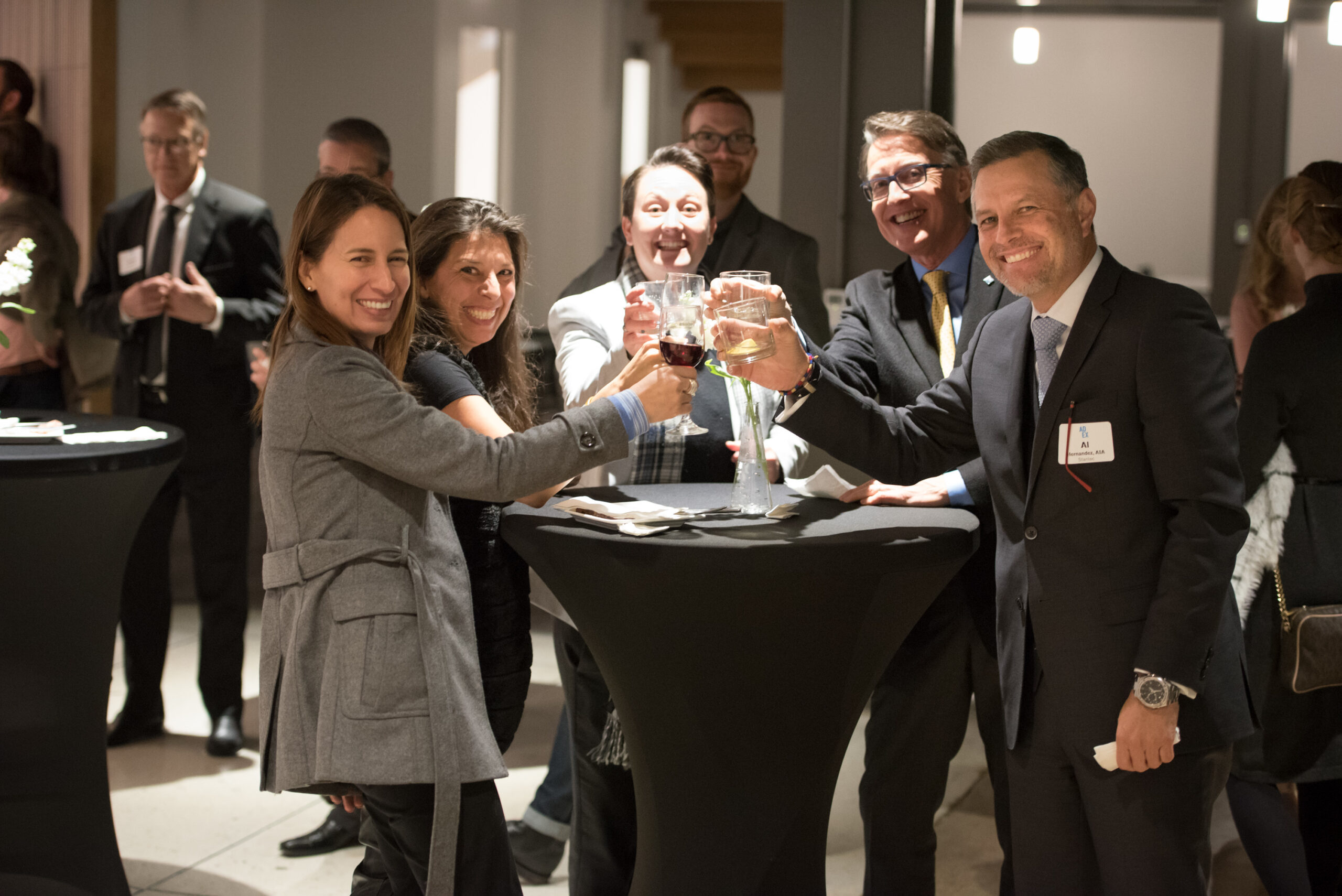
Over the last 75 years, AIA Dallas has grown to be the sixth largest chapter in the American Institute of Architects (AIA). As executive director of the chapter, I know it is our volunteers and members whose leadership and dedication are the foundation of our chapter’s success. The highlights in this article reflect the events, projects, mentors, and friends that had the most influence and impact on me, and from my perspective, on the chapter, the city of Dallas, and North Texas.
As a member, I feel privileged to be leading the chapter as executive director and to have this opportunity to look back at our heritage as well as forward to continuing our legacy of inspiration, community engagement, and transformation of not only Dallas but also the North Texas region. North Texas is growing and thriving, and architecture is at the core of this evolution.
So how did we get here? Let’s recount the people, places, and projects that have made us the advocates of architecture in North Texas for the betterment of our communities. Thank you to Transformations, The Architects, Buildings & Events That Shaped Dallas Architecture by Marcel Quimby, FAIA, Dennis Stacy, FAIA, and Willis Winters, FAIA for collecting our history, allowing me to borrow some text and the essence for the following highlights:
AIA’s start
AIA was founded in 1857 with the goal of creating an architecture organization that would “promote the scientific and practical perfection of its members” and “elevate the standing of the profession.” Through the years, this mission has evolved but remains the core of why AIA is of value to the profession. In Dallas, the Dallas Society of Architects formed in 1911, and the Dallas Architectural Club (whose building artifacts we house at our home at the AD EX) formed in 1920. They merged into the AIA North Texas Chapter in 1924. Subsequently, the North Texas Chapter was divided into the Panhandle, Fort Worth, Northeast Texas, and Dallas chapters toward the end of 1946. We recognize Jan. 1, 1947, as the official founding of AIA Dallas.




1940s
Our chapter was founded a couple of years after World War II ended in 1945. During the war, construction slowed from shortages of construction materials and manpower. Notable buildings from the 1940s include Mercantile Bank Building (1942), Masonic Temple (1942), Dr Pepper headquarters (1946, demolished), and the Jas K. Wilson store. Architects making their mark included George L. Dahl, FAIA, who served as president of the Texas Society of Architects in 1941 (the first AIA Dallas member to do so) and J. Murrel Bennet, FAIA, the last president of the North Texas Chapter and first president of the AIA Dallas Chapter.
1950s
The 1950s began with vitality and a restart for construction postwar. Twenty-five major buildings were constructed downtown including: Republic National Bank Tower (1954), the current home of the AIA Dallas Chapter and a major highlight of the 1950s building boom; the Dallas Public Library (1955); the Statler Hilton Hotel (1956); the Dallas Municipal Building (1956); Temple Emanu-El (1957); and the Kalita Humphreys Theatre (1959). AIA Dallas began the Design Awards program in 1951. Notable local firms and architects of the decade included Jack M. Corgan, FAIA; George F. Harrell, FAIA; George L. Dahl, FAIA; O’Neil Ford, FAIA; Enslie O. ‘Bud’ Oglesby, FAIA; Jim Wiley, FAIA; Richard Colley, Sam Zisman, Architects; Howard R. Meyer, Max M. Sandfield, William B. Wurster Architects; Mark Lemmon and Smith & Mills Architects; and Gill & Harrell Architects. Grayson Gill, FAIA was president of the Texas Society of Architects in 1955.
1960s
Our chapter saw great momentum moving into the 1960s, when Dallas saw multiple types of significant developments: NorthPark Center (1965), which remains the No. 1 visitor destination in North Texas; the Quadrangle (1966), the first mixed-use project in Dallas; two major downtown buildings: Main Place (1968) and First National Bank Building (1965), recently restored as The National). Construction also kicked off with the city’s Goals for Dallas planning effort. Mayor J. Erik Jonsson’s Goals for Dallas initiative spurred the construction of DFW Airport, the Dallas Convention Center, the New Museum of Fine Arts, and Dallas City Hall. The ambitious program also helped establish public school kindergartens, citywide family planning, the University of Texas at Dallas, several branch libraries, and neighborhood parks. Pat Spillman, FAIA, a leader in AIA Dallas, proved integral in Goals for Dallas’ genesis by writing The Design of the City essay. In 1967, AIA Dallas and the Greater Dallas Planning Council commissioned the Walls Are Rising film to support and encourage development.
In 1962, Dallas hosted its first national AIA convention and published The Prairie’s Yield, an architectural guidebook. Notable firms of this decade included: The Oglesby Group; Grayson Gill Architect; Harrell and Hamilton; Pratt, Box and Henderson; and Howard Meyer. George F. Harrell, FAIA served as Texas Society of Architects president in 1965.
1970s
The 1970s kept Dallas on the nation’s architectural map: Dallas Convention Center (1973) by Harrell and Hamilton architects, DFW Airport (1974) by HOK, I.M. Pei’s Dallas City Hall (1977), and the Hyatt Regency Hotel with its iconic Reunion Tower (1978) by Welton Becket are some of this decade’s notable projects. The Las Colinas master-planned community opened in 1973. AIA Dallas hosted its second national AIA Convention in 1978, publishing Dallasights: An Anthology of Architecture and Open Spaces that year.
In 1970, the AIA Dallas Awards program, initially a biennial effort, became an annual program. In 1974, AIA Dallas began the Ken Roberts Memorial Delineation Competition. David Braden, FAIA, served as Texas Society of Architects president in 1975.
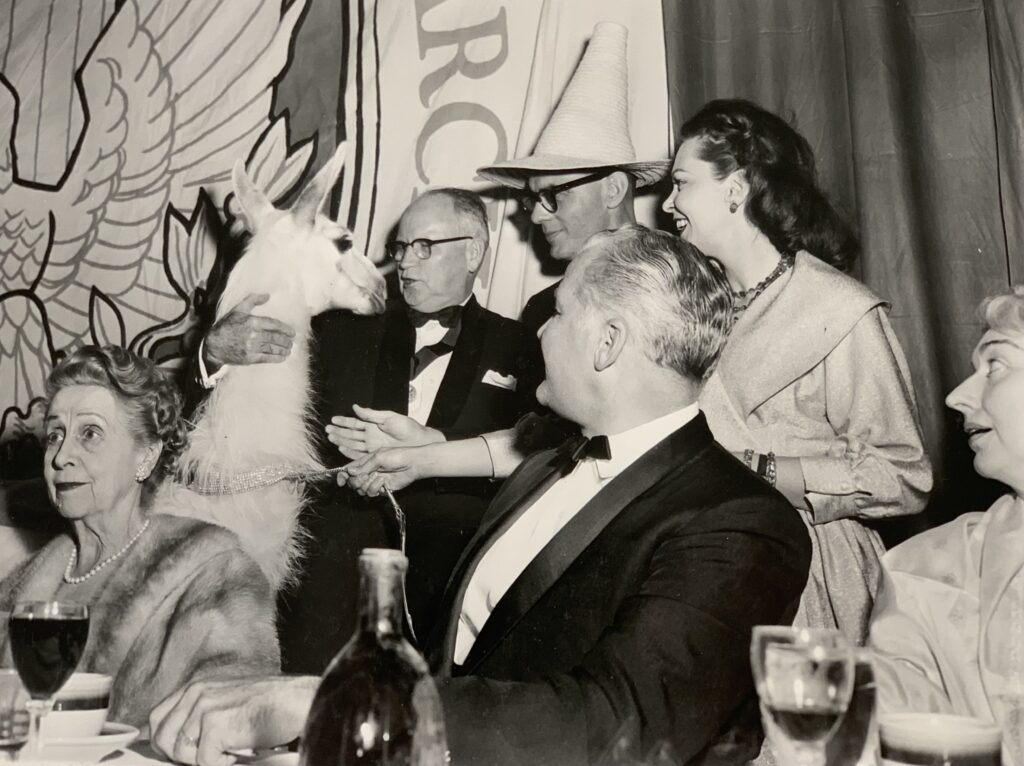
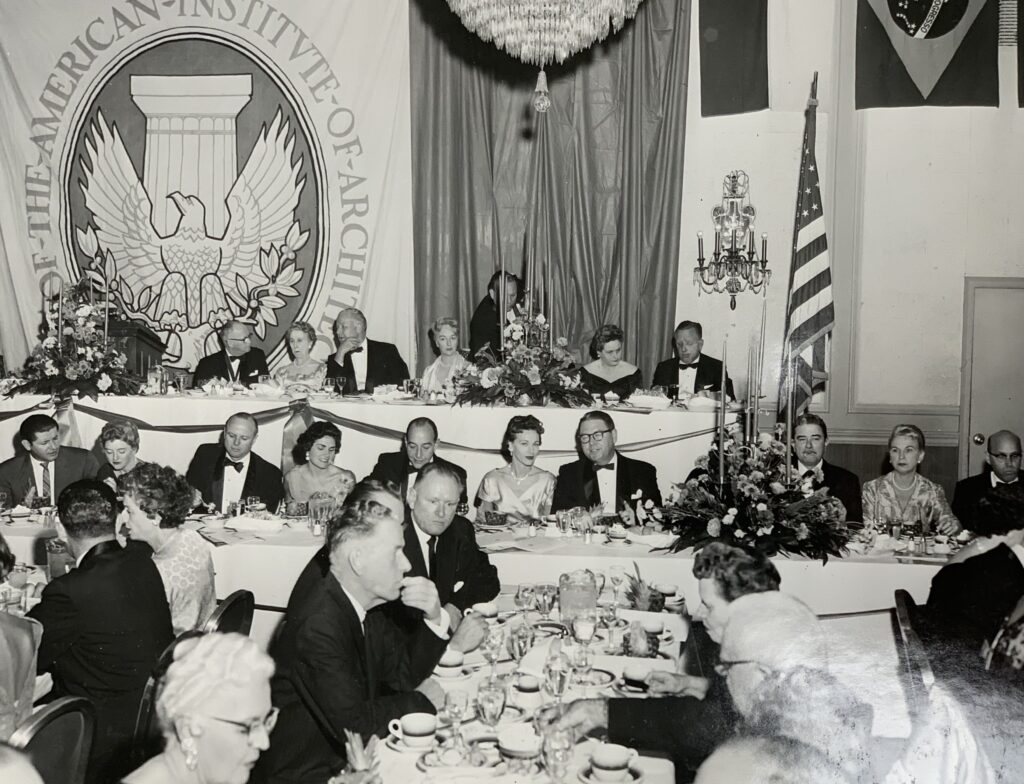
1980s
The decade that brought the TV show Dallas to the world also marked new prominence for the Dallas skyline. For area architects, it was a time bustling with activity and development, “resulting in the largest building program that Dallas had experienced”—until the first major economic downturn since the chapter’s existence in 1986.
Sasaki Associates developed the plan for the Dallas Arts District, with the Dallas Museum of Art completed in 1984 and the Morton Meyerson Symphony Center completed in 1989. Other new downtown buildings included Energy Plaza (1983); Trammel Crow Center (1984); Chase Bank Tower (1984); Ross Tower, originally Lincoln Plaza (1984); the Crescent Complex (1985); Bank of America tower, originally Interfirst Plaza (1986); Chase Tower, originally MBank (1987); and Fountain Place (1987). The Galleria opened in North Dallas in 1982, Lincoln Center (1982), Park West towers (1985), and the first phase of Cityplace (1988). Las Colinas also saw strong development, such as Williams Square in 1981.
Notable firms and architects of this decade include: Larry Good, FAIA, who received the first chapter’s President’s Medal in 1980; O’Neil Ford, FAIA, the first recipient of AIA Dallas George Foster Harrell Award in 1981; Diane Collier, AIA, the first director of Dallas Women in Architecture in 1982; Willis Winters, FAIA, the first editor of the newly redesigned and expanded Columns newsletter, in 1983; JPJ Architects, given the first Firm Award from AIA Dallas in 1986; HKS; Fisher Spillman Architects; and Corgan Associates. Stanley Marcus, Hon. AIA received the George Foster Harrell Award in 1986, and J. Erik Jonsson in 1989. James A. Clutts, FAIA, served as Texas Society of Architects president in 1987. The decade’s boom ended about 1986, and the economic recovery would not begin until the mid-1990s.
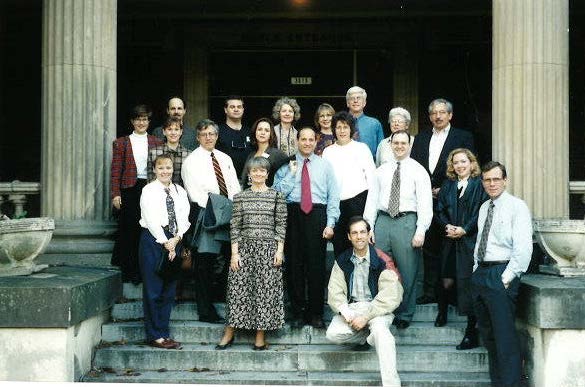

1990s
In the 1990s, the city of Dallas encouraged investment in downtown, including financial incentives for the rehabilitation of historic buildings. The Kirby, the Titche–Goettinger, and the Wilson buildings were converted to lofts. Dallas Area Rapid Transit began operation in 1996, leading to transit-oriented developments near many of the new stations. In 1999, AIA Dallas hosted its third national AIA convention and issued The American Institute of Architects Guide to Dallas Architecture.
In 1990, AIA Dallas recognized the Texas Instruments Semi-Conductor Building (1961) by architects O’Neil Ford and Richard Colley with the first 25-Year Award. Bill D. Smith, FAIA served at Texas Society of Architects president in 1991, Marcel Quimby, FAIA became the first female AIA Dallas president in 1995, and Jan Gaede Blackmon, FAIA served as the first female president of the Texas Society of Architects in 1997. AIA Dallas awarded the George Foster Harrell award to Margaret McDermott in 1998, and the first Lifetime Achievement award went to Harwood K. Smith, FAIA in 1999.



2000s
The pickup in the economy in the late 1990s continued into the late 2000s. The terrorist attack of 9/11 disrupted the economy nationwide, but Dallas continued to expand. Several residential projects added thousands of residents to the urban core. The Victory development and American Airlines Center (2001), the Arts District’s new Nasher Sculpture Center (2003), the Booker T. Washington arts magnet school rehabilitation (2008), and the Wyly and Winspear arts venues (2009) were all completed in this decade. The City of Dallas 1998, 2003, and 2006 bond programs funded the construction of numerous community facilities, including the City Performance Hall (now known as the Moody Performance Hall) and the renovation of the Municipal Building, which were both completed in 2012.
In 2000, Ron Skaggs, FAIA, was the first AIA Dallas member to serve as national AIA president. Bryce Weigand, FAIA served as Texas Society of Architects president in 2002.
In 2001, the Trinity River Advisory Committee was formed, and AIA Dallas took a leadership role in the Trinity River Balanced Vision Plan, which continued well into the mid-2010s. The City of Dallas adopted the Forward Dallas! Comprehensive Plan in 2006. The Dallas Center for Architecture opened in 2008 at 1909 Woodall Rodgers Freeway. The center sought to bring architecture programming closer to the public and to serve as a convener for collaboration between the Dallas Center for Architecture Foundation (now the Architecture and Design Foundation), the USGBC North Texas Chapter, and the Dallas Architecture Forum, among others.
2010s
Dallas and the nation underwent another economic downturn in 2008 to about 2010. Since 2010, the focus is on the Dallas urban core, renovation of the 1980s skyscrapers, and redevelopment of older areas of the city, such as Deep Ellum, Bishop Arts, and West Dallas. The emphasis is on housing and transportation infrastructure. The Downtown Dallas 360 Plan, a 2011 public-private partnership between Downtown Dallas Inc. (DDI) and the City of Dallas, pushed for vitality, urban design, and connectivity of downtown neighborhoods. Among the major developments of decade: Klyde Warren Park (2012); Pacific Plaza (2019); the signature bridges Margaret Hunt Hill (2012) and Margaret McDermott (2013), Trinity Groves in West Dallas (2012), the Dallas Farmers Market privatization (2013), the modernization of the Love Field Airport (2014), and downtown mixed-use developments such as The Union (2018).
AIA Northeast Texas became a section of AIA Dallas in 2018, with the Dallas membership offering consistent programming to East Texas. Technology and social media have allowed AIA Dallas to expand these opportunities.
AIA Dallas moved to Republic Center in 2018 and rebranded the Dallas Center for Architecture as the Architecture and Design Exchange (AD EX). The AD EX is home to both AIA Dallas and the Architecture and Design Foundation, formerly the Dallas Center for Architecture Foundation, which was founded in 1984. Together, both organizations are making the AD EX a place to engage the public and the profession, inspire the next generation of architects, influence outcomes to create a more resilient, equitable, and vibrant North Texas, and a place to learn about architecture’s impact.
Over the past decade, through its Public Policy Committee, AIA Dallas has increased its involvement in issues of interest to the profession and the public, such as issuing official statements about the Trinity Toll Road, historic preservation, I-345, the Dallas Comprehensive Environmental Climate Action Plan, DART D2, Dallas development and permitting issues, and more. AIA Dallas has advocated on urban design and civic initiatives since the 1950s. The involvement has included procurement and contract issues with the City of Dallas and Dallas Independent School District. As early as 1956, the chapter formed a board of professionals that turned into an urban design advisory group to the city on urban design in the 1960s-70s. We supported the creation of the first Preservation Ordinance in Dallas in 1975 and the creation of DART in the 1980s. Since the 1990s we have been involved in the Trinity River Corridor Master Plan process, joining the debate on the Trinity Toll Road in 2007 until the project was effectively canceled in 2017, due in part to AIA Dallas’ public opposition. The chapter values collaboration with partners such as Preservation Dallas, DDI, TREC, the Dallas Architecture Forum, and UTA College of Architecture, Planning, and Public Affairs as key to our advocacy and outreach efforts.
Leadership over the past decade included Craig Reynolds, FAIA, serving as Texas Society of Architects president in 2012, followed by Michael J. Malone, FAIA in 2015, Michael Hellinghausen, FAIA in 2019, and Audrey Maxwell, AIA in 2021. Jeff Potter, FAIA served as AIA National president in 2012.
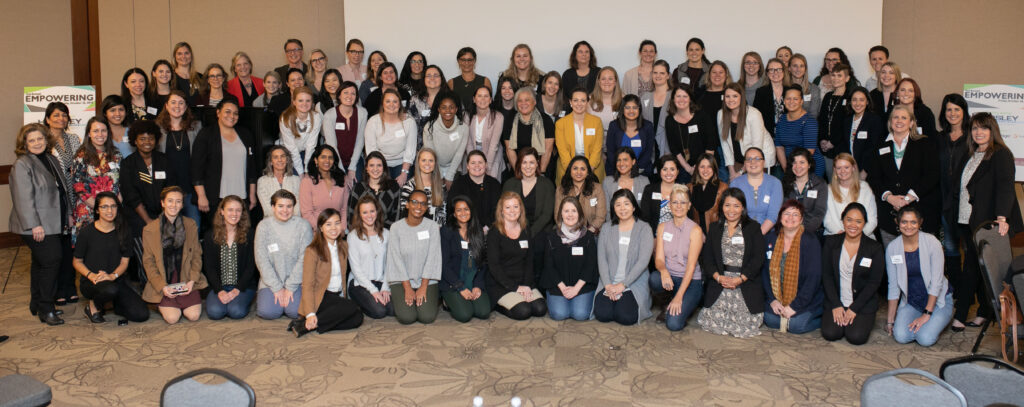

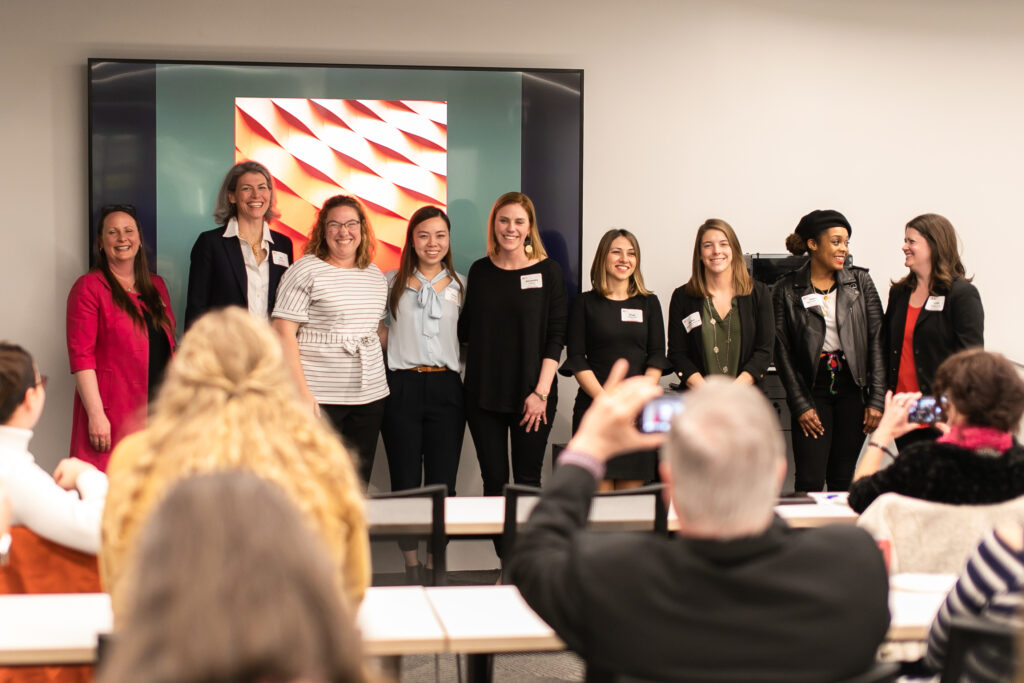
2020s & Reflection
I was hired as executive director in January 2020. Together with our most recent presidents, María Gómez, AIA in 2020, Al Hernández, AIA in 2021, and Ben Crawford, AIA in 2022, their boards, members, partners, staff, and volunteers, we began to assess and re-envision our mission, vision, and goals for AIA Dallas while pivoting to virtual and hybrid platforms to keep up our momentum.
Over the last 75 years, we have grown to the sixth-largest AIA chapter. It is our volunteers and members whose leadership and dedication are the foundation of our chapter’s success. The highlights above reflect the events, projects, mentors, and friends that had the most influence and impact on me, and from my perspective, on our Chapter, the City of Dallas, and North Texas. I have valued my AIA Dallas membership for 33 years, and it is my goal to ensure that you find value in your membership and engagement with us.
We have been part of significant transformations in North Texas, and we embrace the challenges and opportunities that the 21st century will bring as we transform the world around us to benefit future generations. This decade started with new complexities presented by the pandemic, a sustained movement for inclusivity and diversity in the profession, and a re-evaluation of the architect’s role and impact on society. It is imperative for architects to lead in community issues that are at the intersection of design and housing, mental health, transportation and infrastructure, education, and the environment. We want to position the AIA and its members for success through these changes. As stated in our 2021 Strategic Plan, we urge you to join us in our mission to advance the transformational power of architecture!
Cheers to the next 75 years!